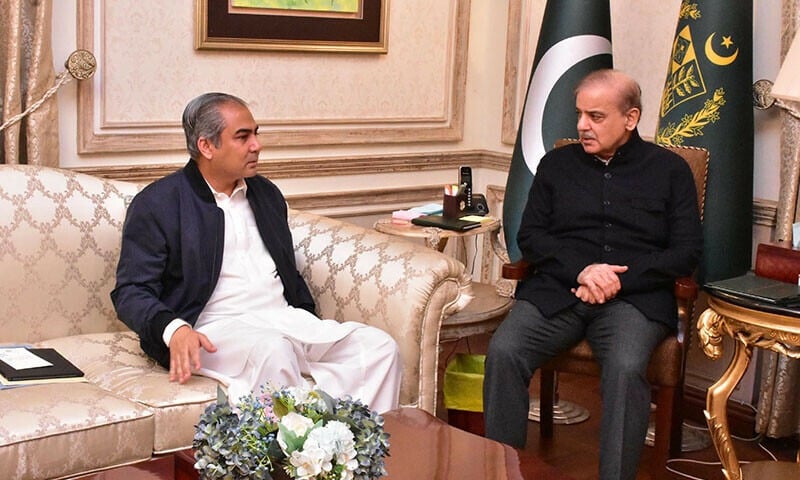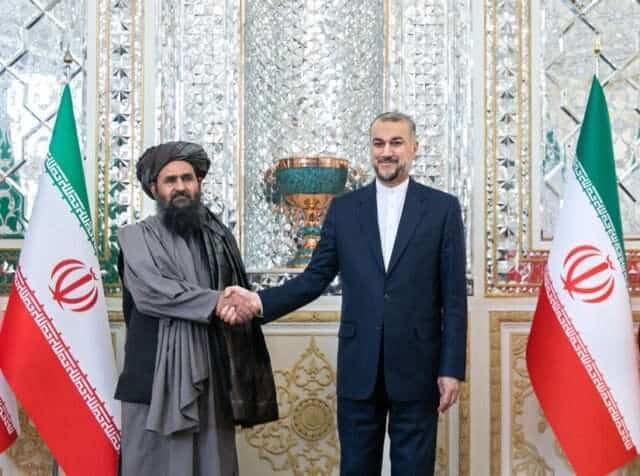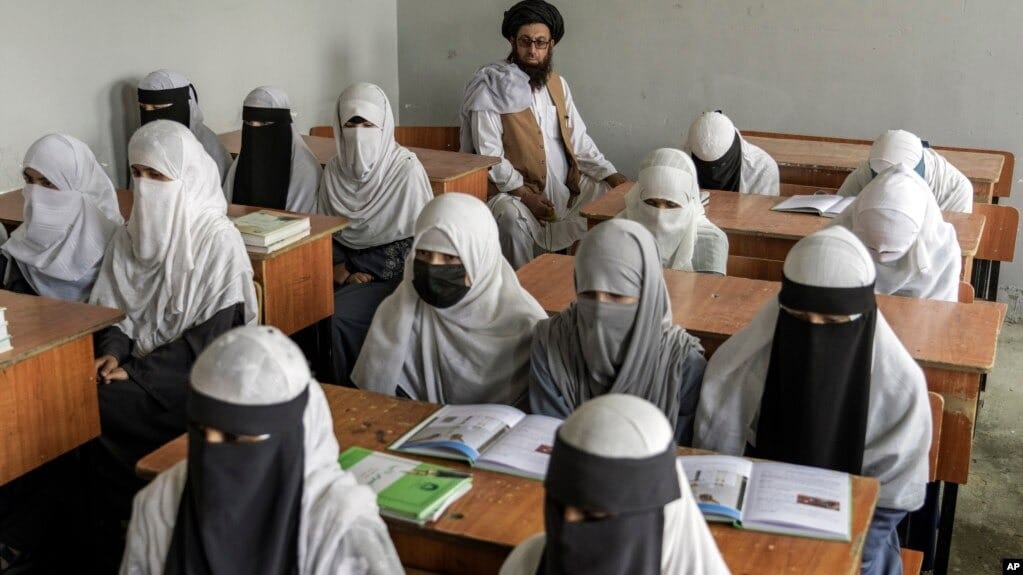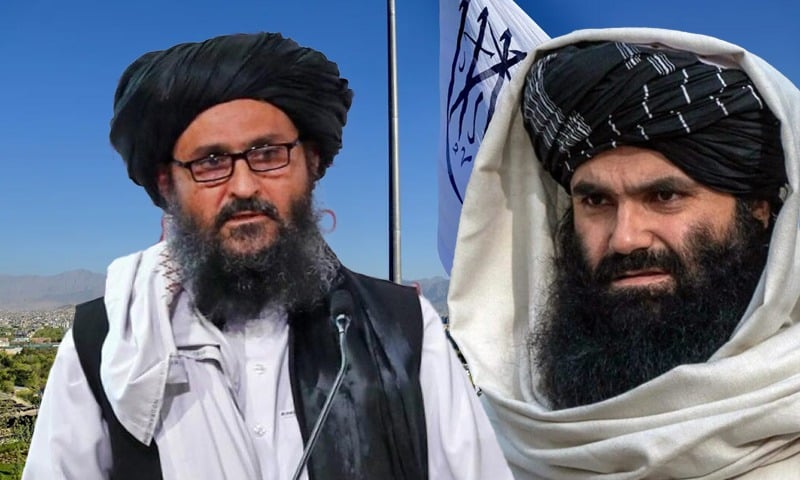Aqeel Yousafzai
The recent security operations in Quetta and Shirani once again highlight the entrenched threat of militancy in Pakistan’s western belt. In Quetta, a major counterterrorism action left around ten people dead, while in Shirani district, eight militants were eliminated in a military-led operation. These events are not isolated. They reflect a persistent militancy that continues to destabilize both Khyber Pakhtunkhwa and Balochistan, demanding a unified national response.
The attack in Quetta was itself a reaction to a suicide assault targeting the Frontier Corps headquarters in Balochistan, in which ten security personnel embraced martyrdom and dozens were injured. The assailants attempted to storm the FC compound but were neutralized after inflicting casualties. This episode underscores a recurring vulnerability: much of Balochistan’s internal and border security rests on the Frontier Corps, whose regional commands operate from Quetta and Peshawar. Despite their presence, militants have been able to stage high-profile attacks, raising questions about strategy, coordination, and intelligence.
Balochistan’s security crisis, however, is layered. In the Baloch belt, separatist groups have sustained a violent campaign, enjoying varying degrees of external support, particularly from India and other hostile actors. Their agenda is separatist in nature and political in aspiration. By contrast, in the Pashtun belt, proscribed outfits such as the Tehreek-e-Taliban Pakistan (TTP) and allied factions pursue an ideological jihadist agenda. This dual reality has turned Balochistan into a fractured battlefield: ethnic separatism on one side, transnational jihadist militancy on the other. The porous Shirani–Zhob corridor, straddling the border with Khyber Pakhtunkhwa and Afghanistan, has become a strategic route for cross-border infiltration, complicating counterterrorism efforts. Unless this route is effectively secured, militant violence will persist.
Across the border, Afghanistan is witnessing developments that could reshape the region. The Afghan Taliban recently shut down internet and social media platforms, presenting this as a measure to curb destabilization. While the world interprets this as a clampdown on freedoms, the real story lies elsewhere: an escalating power struggle between the Kabul-based administration and the Kandahar leadership of Hibatullah Akhundzada.
The Taliban regime is not monolithic. Three factions dominate: the so-called “Kabul group,” comprising leaders tied to the Doha process and inclined toward pragmatic governance; the Haqqani network, rooted in the jihad of the 1980s with deep regional linkages; and the Kandahar core led by Hibatullah, representing the movement’s hardline traditionalist camp. Tensions between these groups are growing, with reports of dismissals, arrests, and even murmurs of an impending coup. The temporary communication blackout was less about social media narratives and more about controlling information flows during a moment of internal volatility.
The implications are severe. In a country where airports, trade, aid, and diplomacy are increasingly digitalized, shutting down connectivity risks isolating Afghanistan from the world. Flights have already faced disruption, and the flow of humanitarian aid critical for millions becomes jeopardized. Yet, for the Taliban leadership, the preservation of power outweighs the costs to governance and the public.
Meanwhile, a conference of Afghan political and civil society activists in Islamabad has sparked limited attention. While it symbolizes the continuing relevance of Afghan voices in exile, it remains largely symbolic. These activists—many aligned with human rights and freedom of expression campaigns lack the political space or leverage to shape developments inside Afghanistan. Attempts by certain media quarters to portray the Taliban’s opponents as non-Pashtun are misleading; many of these dissidents are Pashtuns themselves. Still, their gatherings highlight an important truth: Afghanistan’s political future cannot be dictated solely by force or factional dominance.
Taken together, these developments paint a sobering picture. Pakistan’s western frontier remains under siege from a dual militancy separatist and jihadist while Afghanistan is sliding deeper into factional power struggles under the Taliban. Both realities demand nuanced recognition: Balochistan’s challenges cannot be conflated with those of Khyber Pakhtunkhwa, just as Afghanistan’s internet shutdown cannot be dismissed as a mere clampdown on social media. At stake is the stability of an entire region where the lines between insurgency, governance, and geopolitics are increasingly blurred.





